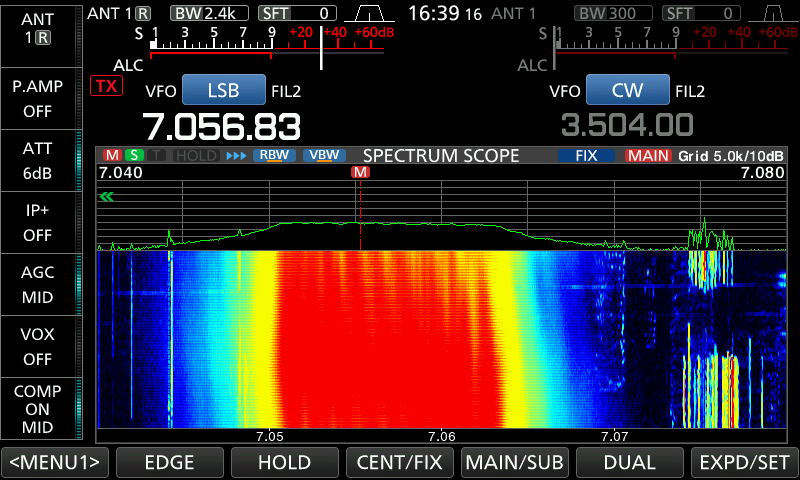

explosives, chemical/biological weapons and illicit drugs. Of particular interest in this work is the ability for micro-drones to be utilized as vehicles for transporting payloads of dangerous substances e.g. However, micro-drones have become infamous for their misuse, in performing anti-social, and often criminal activities, such as illegal filming of private/sensitive locations or dangerous flying through restricted airspace creating a collision hazard to other aircraft.

There have been countless positive applications of micro-drone technology, e.g., agricultural and environmental surveying, disaster response and search and rescue. This increase can be attributed to their continually improving capabilities, ease of use, and low cost, making them attractive to businesses and hobbyists alike. Over the past decade there has been a substantial increase in the number of micro-drones, i.e., Unmanned Aerial Vehicles (UAVs), available on both the commercial and consumer markets. The impact on classification performance of different amounts of situational information is also evaluated in this paper. Use of a KNN classifier with six features extracted from micro-Doppler signatures enabled mean payload classification accuracies of 80.95, 72.50 and 86.05%, for data collected at S-band, C-band and W-band, respectively, when the drone type and motion type are unknown.

This paper presents the use of micro-Doppler signatures collected using radar systems operating at three different frequency bands for the classification of carried payload of two different micro-drones performing two different motions. The ability of counter-drone detection systems to sense whether a drone is carrying a payload is of strategic importance as this can help determine the potential threat level posed by a detected drone. The use of drones for recreational, commercial and military purposes has seen a rapid increase in recent years.


 0 kommentar(er)
0 kommentar(er)
